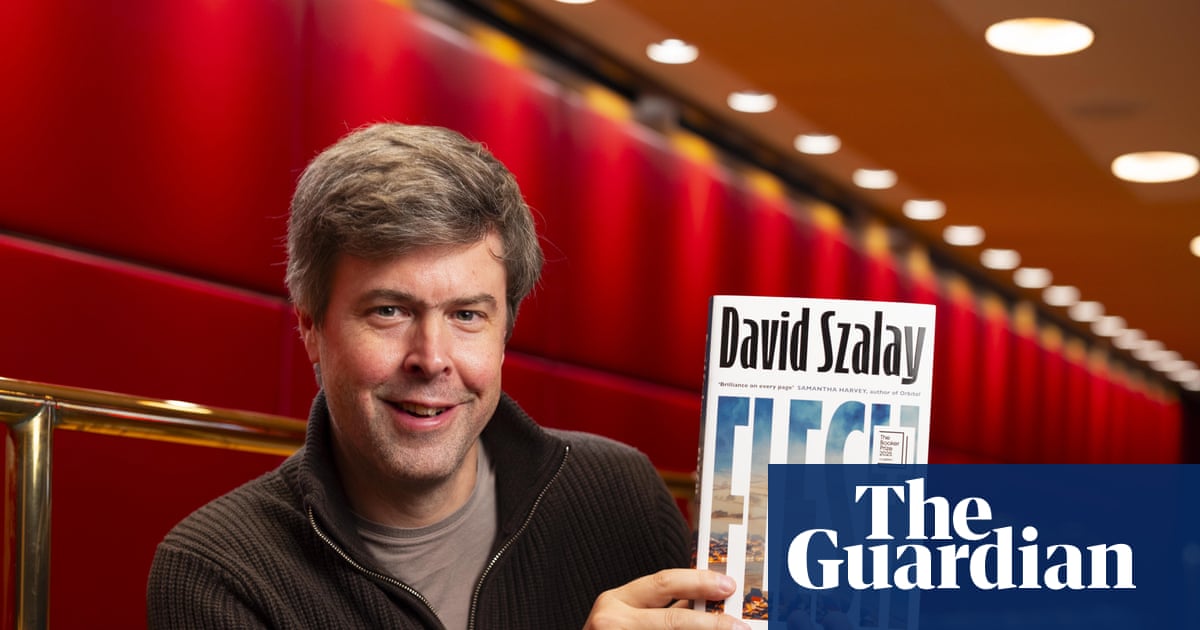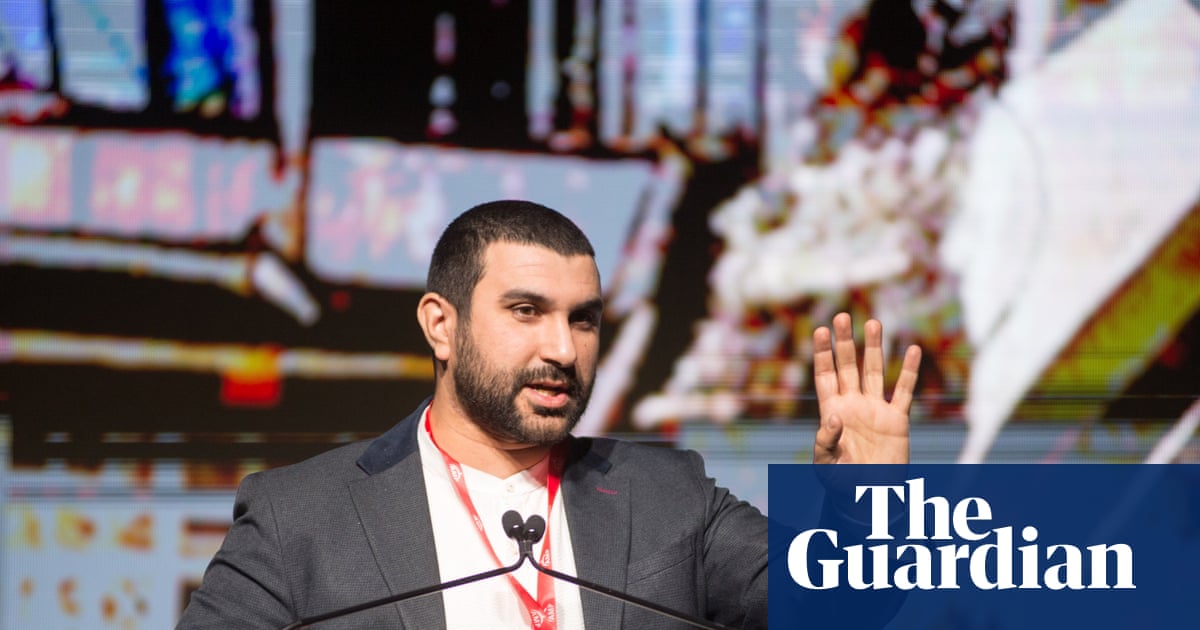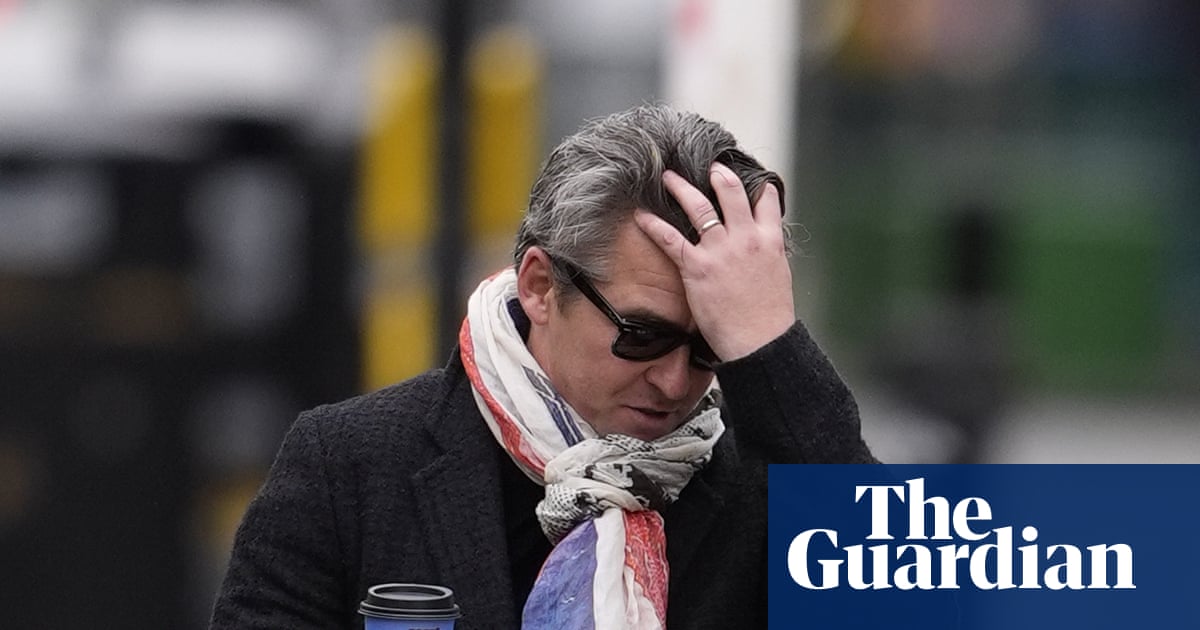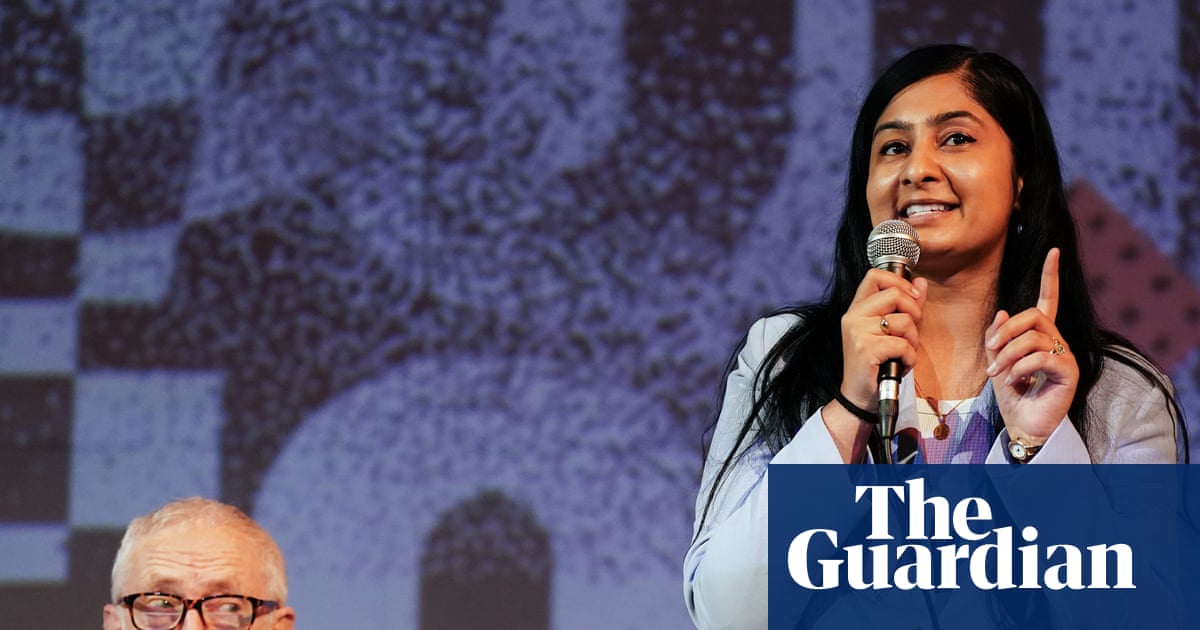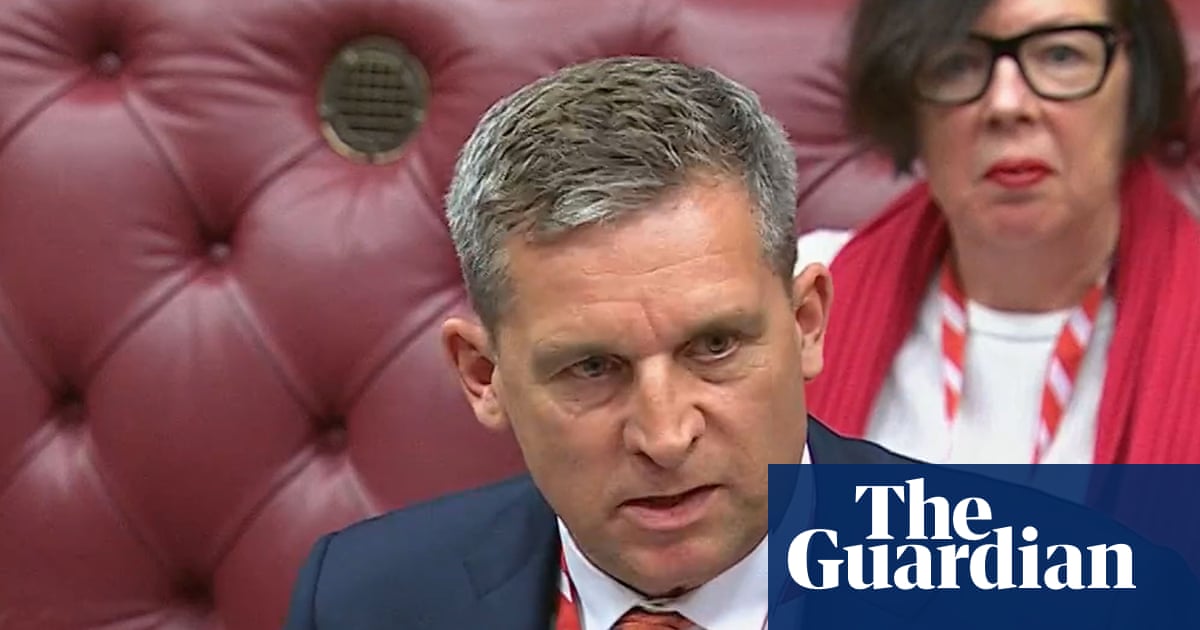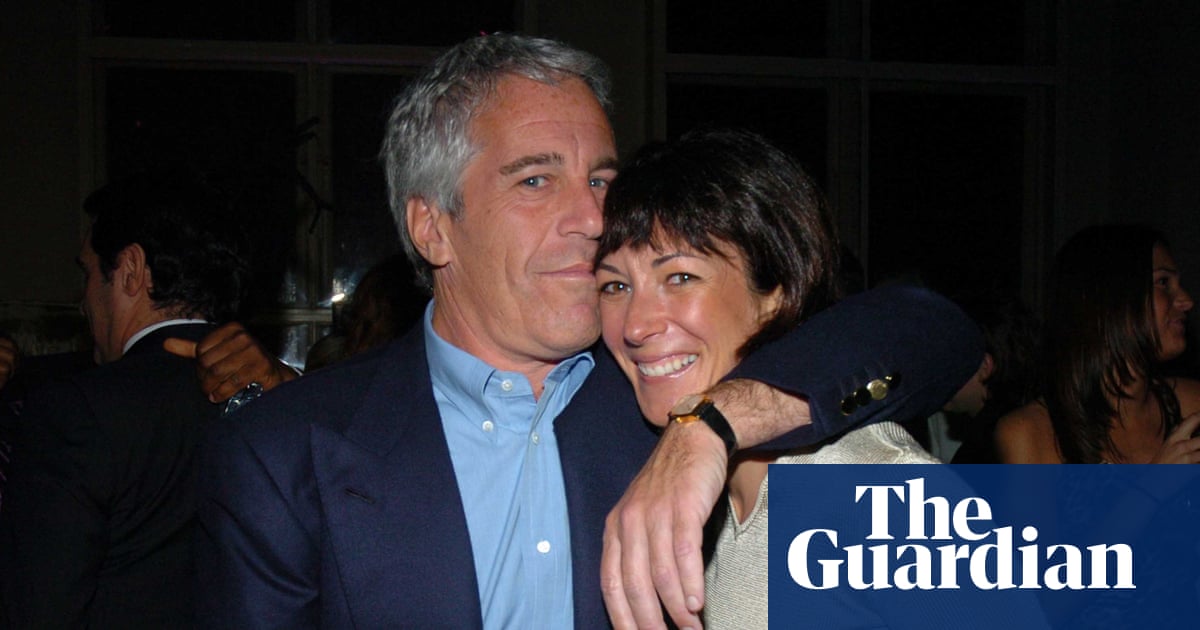With wars raging around the world, crackdowns at the US’s borders and military pomp in Beijing, uniform is everywhere – and not in a good way. It is, perhaps, not the obvious choice for a fun fashion trend.
But Miuccia Prada has always loved uniform, and she refuses to cede her favourite fashion territory to the dark side. “I am always trying to build a new kind of elegance,” she said after the Prada show in Milan, a collaboration with her co-designer Raf Simons. “In a uniform you are protected, you are neutral, it allows you to think.”
For women, uniforms offer “authority and agency”, she said. “A woman can feel amazing and chic and luxurious in a uniform, just as much as in a dress.”
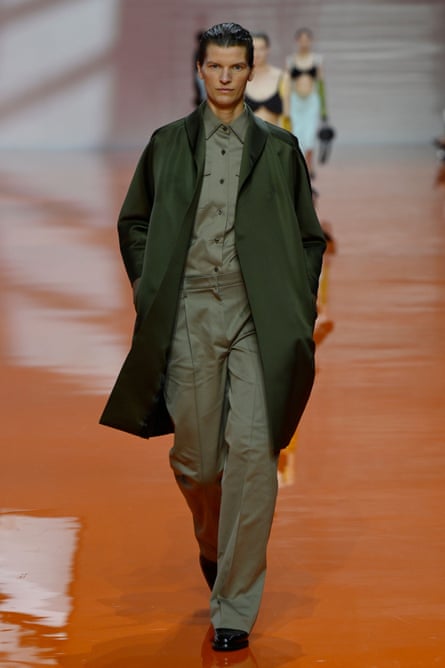
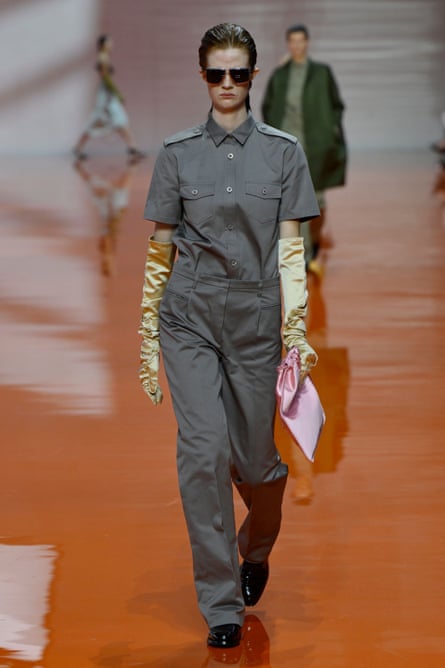
The show began with a boxy short sleeve shirt with buttoned pockets – the kind that usually comes with insignia or name badges, instead of Prada’s triangle logo. There were V-neck sweaters, and trousers with ironed-in pleats. But there was a frivolous side to the collection too. The utilitarian was spiked with splashes of glamour: a taffeta puffball skirt worn under a rainmac, satin opera gloves to liven up those sensible shirts.
“My dad was a nightwatchman, and I always saw him in uniform,” Simons said backstage. “He was the sweetest man, a caring family man. So for me, uniform has a nice feeling, it is not about war, or the army. The world is so hardcore now, but there is still so much beauty. We have to find a way through.”
Perhaps in a sign of our diametrically opposed appetite for escapism, the 18th century is also very hot right now. After pannier-hipped skirts inspired by Marie Antoinette were the curveball trend of London fashion week, Max Mara looked to an earlier Versailles style icon, Madame de Pompadour, and the paintings of Fragonard and Gainsborough, for inspiration.
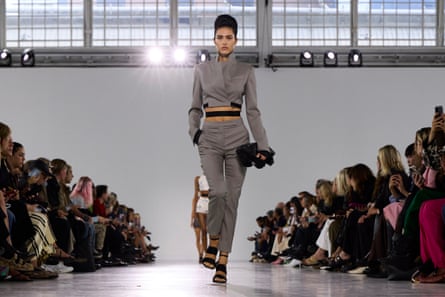
Max Mara makes clothes for professional women who have risen high enough on the career ladder to afford them. Madame de Pompadour is a more appropriate Max Mara muse than Marie Antoinette, designer Ian Griffiths said backstage, because she was a commoner who “rose to the top on her own merits, and became one of the most important political and cultural figures of her day”.
Rococo froth does not cut it in the modern workplace, so Griffiths left the pastel gowns on the moodboard, and took “details from the edges of her dresses” on to the catwalk.
after newsletter promotion

A sleeveless tailored coat-dress had ruffled epaulettes of organza in a minimalist echo of the frilled lace cuffs she favoured. Floral prints were transposed into shades of grey.
“My job is making clothes that make women feel powerful, and fussy clothes don’t do that. Clothes that are fussy and hard to wear detract from your power,” Griffiths said.
Max Mara is best known for coats, but this collection will go on sale next summer, so Griffiths lent into hot-weather tailoring – pencil skirts to wear with bare legs, jacket-and-short suits, and waistcoats – and added bands of plain black elastic, “to keep it snappy and crisp. And also because I’m British, and British style always has an element of fetish in there somewhere, however formal it is.”
This Milan fashion week is dedicated to the memory of Giorgio Armani, and is building toward a Sunday evening finale when a black tie dress code has been requested at the reveal of the late designer’s last collection.
Thursday’s collection for Armani’s lower-priced label, Emporio Armani, was the first catwalk show since his death. After the show, models led the audience in applause, as Silvana Armani, niece of the founder and head of design for womenswear, took a bow in her uncle’s place.

 1 month ago
57
1 month ago
57

